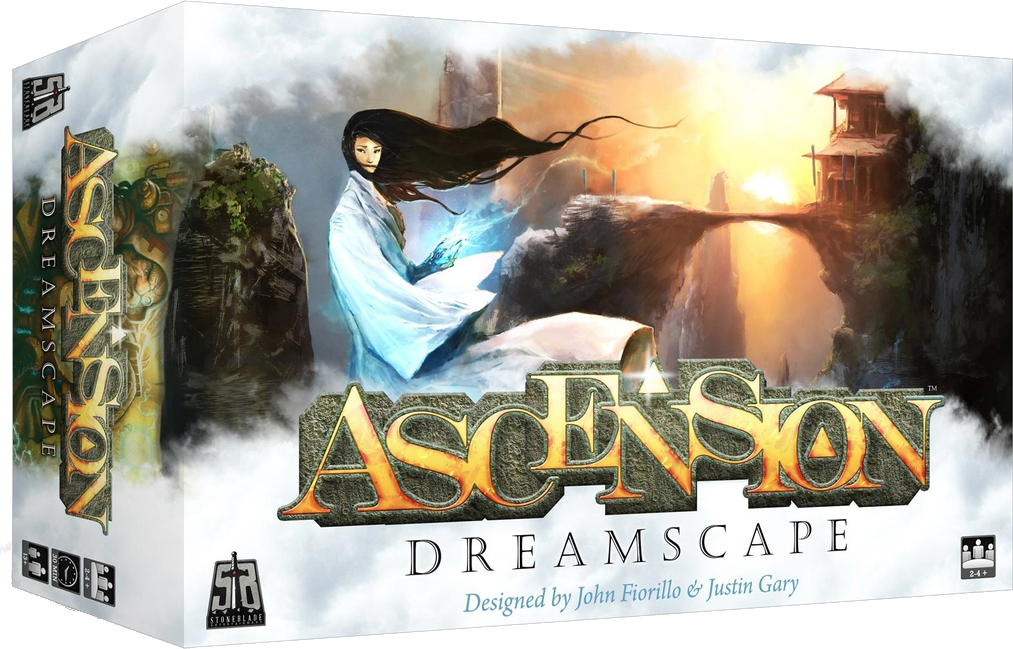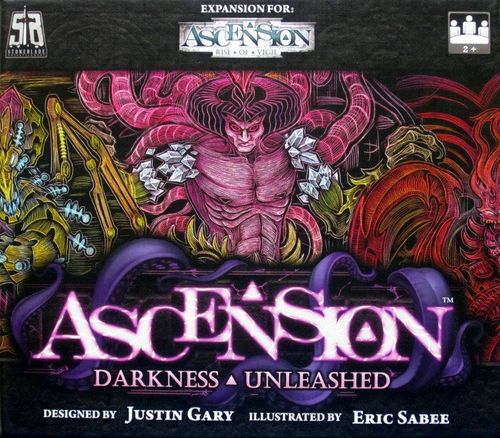
Along with those pretty minor additions, Gift of the Elements also brings back two classic mechanics. Revamped Mechanics - Events & Transformation. That gives players more tactical possibilities for their Empower acquisitions, and shows how nicely a design can link together a lot of minor mechanics into something that changes the overall strategy of a game.

There’s one other pseudo-new-mechanic that goes hand in hand with Empower: a few cards give additional bonuses if banished “from anywhere”. Because they tend to have the Empower keyword, they’re usually replacing an Apprentice or a Militia, so it’s still a step up. Finally, Empower manages the trick of encouraging players to take fairly mediocre 1-cost cards. But it goes beyond that: it makes deck filtering somewhat easier, allowing players to focus more on the strategy of deckbuilding than the tactics of individual turns. And Empower can actually offset that, by giving players another option to banish cards. You can only “Curse” if a specific Infesting monster comes out (of which there are 13, four of which continue moving around afterward), so you’re more likely to slightly water down someone’s plays rather than create entirely useless turns. This type of “Curse” mechanic can be quite frustrating in some deckbuilders, but it’s sufficiently bounded in Gift of the Elements that this doesn’t tend to be the case. It’s monster oriented like the PvP in previous sets, but it goes to the core of deckbuilding, because you’re trying to wreck someone else’s deck by filling it with dross. Gift of the Elements nicely complements that with its Infest. Ascension has always had a minor element of PvP combat, mostly focused on rewards when monsters are killed. Infest is a keyword on monsters that lets you place them in someone else’s deck, where they take up space like a traditional Curse in Dominion. Empower is a keyword on cards that lets you banish a card you play when you acquire the Empower card. OK, Gift of the Elements does actually have some totally new mechanics, but they’re pretty minor. As such, it turns out to be a set that can be combined with almost anything, which is nice given Ascension’s move away from the block structure. The eleventh Ascension set turned out to be a very traditional one, repeating and innovating old mechanics. So, following in the footsteps of my previous articles, A Deckbuilding Look at Ascension (#1), Deckbuilding Expansion: Ascension, Part One - From Chronicle to Heroes (#2-4), Deckbuilding Expansion: Ascension, Part Two - From Vigil to Champions (#5-8), and Deckbuilding Expansion: Ascension, Part Three: From Dreamscape to Shadows (#9-10), I’m looking at sets 11 and 12, to see how they changed the game, for better or for worse, and how they ended a second era of Ascension, that had big ideas (almost) every time. Publishers use these marks when books are returned to them.Ascension continues to be one of the most popular deckbuilders out there. Remainder Mark - A remainder mark is usually a small black line or dot written with a felt tip pen or Sharpie on the top, bottom, side page edges and sometimes on the UPC symbol on the back of the book.If excessively worn, they will be marked as "tray worn." Flat trays for SPI games are not graded, and have the usual problems.If excessively worn, they will be marked as "card worn."


Boardgame counters are punched, unless noted.Major defects and/or missing components are noted separately.Example, EX+ is an item between Excellent and Near Mint condition. A "plus" sign indicates that an item is close to the next highest condition.When only one condition is listed, then the box and contents are in the same condition.
#Ascension board game version code


 0 kommentar(er)
0 kommentar(er)
